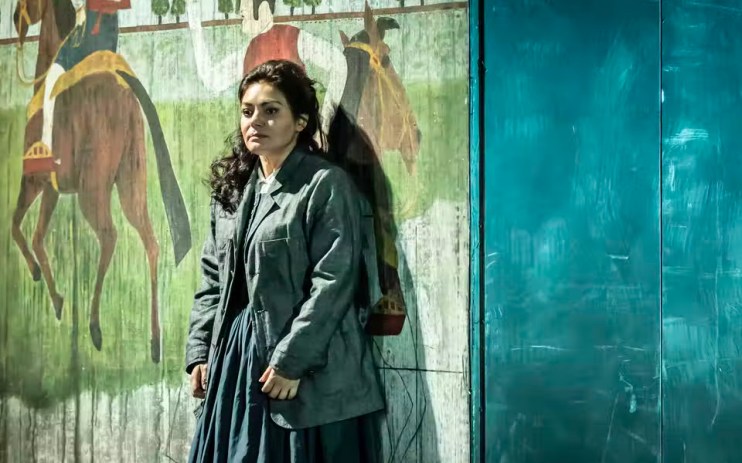La Bohème at The Royal Opera House review

Richard Jones’s La Bohème, now in its fourth revival at The Royal Opera House, is filled with glittering snow, bright lights, bold colours, and the (all too familiar) invisible hand of death and disease.
Apologies for the doom and gloom, but no amount of 19th century Christmas jollity can make up for this Puccini classic taking on an a more painful significance since the pandemic.
It has to be said that Jones’s production handles this juxtaposition relatively well and is supported, this time around, with some noteworthy performances. Centred around the fates and misfortunes of four artists – Rodolfo, Marcello, Schaunard, and Colline – La Bohème is a timeless tale of momentous encounters, tumultuous lovers, and, of course, bromance.
International star Juan Diego Flórez takes on his first ever Rodolfo, the lovestruck poet. His tenor voice is deliciously warm, even at the very top, but his phrasing occasionally lacks oomph.
He is well-matched with Ailyn Pérez as his frail lover Mimì. Pérez’s voice grows with emotional intensity throughout the production, and by Act IV had anchored the drama through her performance.
The production doesn’t completely kick off until Act Two, when the entire stage comes to life with the ROH chorus singing ‘Aranci, ninnoli!’ set in a complete high street full of joyous wintery activities, designed by Stewart Laing.
Here, conductor Kevin John Edusei plays to his strengths with lovely details in the pit, bringing flourishes to what is otherwise an attentive but classic performance. As is usually the case with La Bohème, the main couple are upstaged by Andrey Zhilikhovsky as Marcello and Danielle De Niese as Musetta. De Niese’s performance is deliberately exaggerated, making for an excellent if utterly farcical Musetta’s Waltz.
Conversely, Zhilikhovsky’s Marcello is played straight, but his baritone is as smooth as chocolate. His character’s jealousy is immediately forgiven, once his low notes boom in your chest. Jones’s production leaves Mimì crossing the river Styx surrounded by infantile drawings of nude women and phalluses (akin to those spotted in pub toilets).
Though beguilingly out of place amongst the rest of the production’s Parisian sophistication, it hammers the message home – they are just boys after all.
This is not the La Bohème to defeat all La Bohèmes, but it’s a winter tale that somehow manages to warm your soul just as it breaks your heart. One hopes it’ll be equally as enjoyable with the cast in the second half of the run.